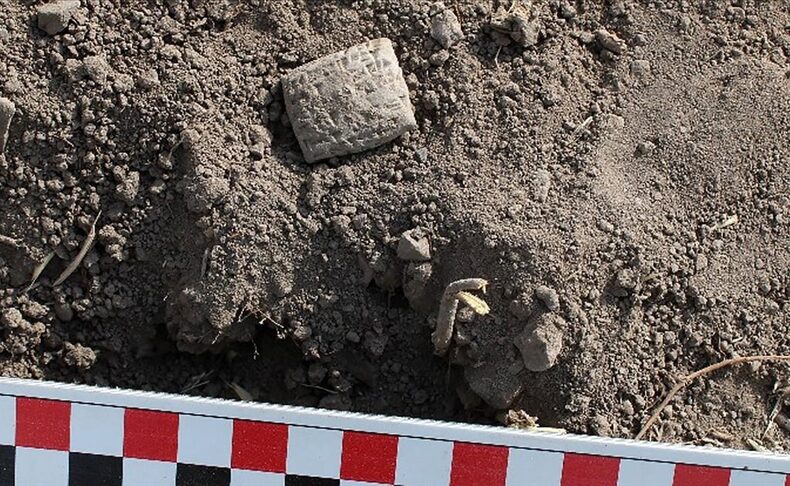
Archaeologists Discover Rare Hittite Cuneiform ‘Bird Omen Text’ at Samuha, an Important Cult Centre
A remarkable discovery has emerged from the ancient Hittite settlement of Samuha—modern-day Kayalıpınar, located in Türkiye’s Sivas province. Archaeologists have unearthed a rare cuneiform tablet containing what appears to be a bird omen text, shedding new light on the spiritual practices of the Hittites.
The excavations are being led by Assoc. Prof. Dr. Çiğdem Maner of Koç University’s Department of Archaeology and History of Art, under the supervision of Türkiye’s Ministry of Culture and Tourism. The unearthed artifact is a small, remarkably well-preserved clay tablet, featuring inscriptions on both sides and a hole through its center—a feature that suggests it was likely worn or suspended for ritual use.
Bird Flight as a Divine Message
Initial readings of the text indicate references to bird flight patterns, a traditional method of divination in Hittite religious practices. These omen texts were tools used by priests and oracles to interpret the will of the gods, based on natural signs.
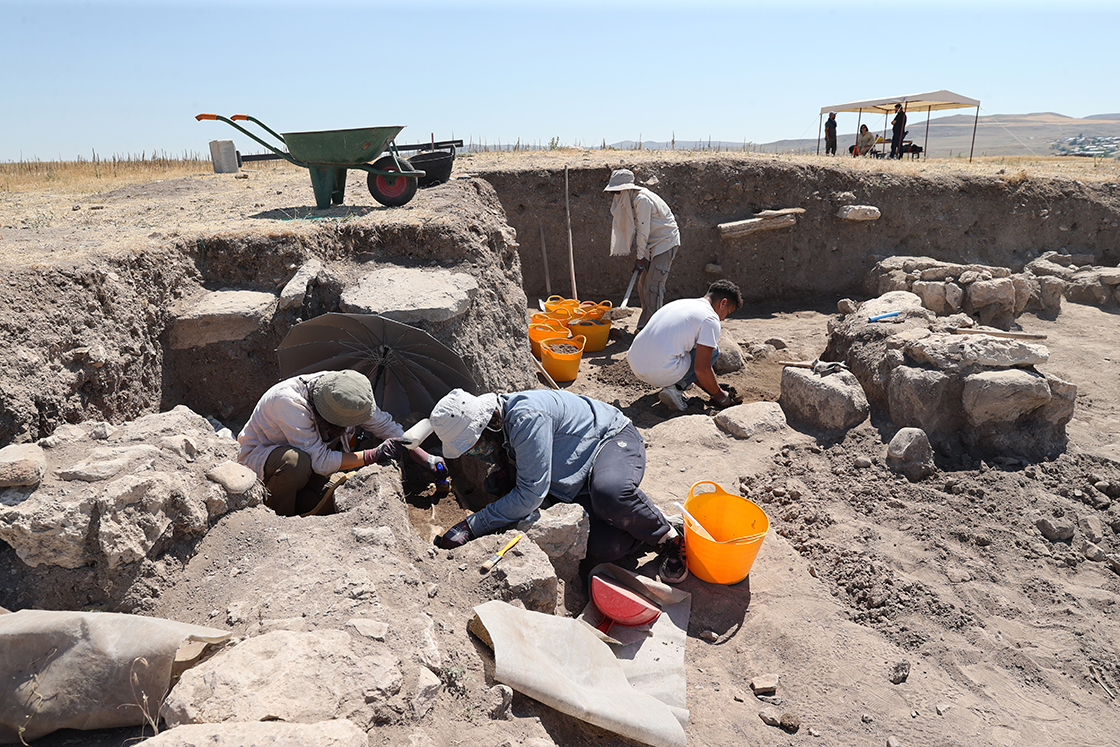
“This find is exceptional not only because of its condition, but also due to the hole and string marks on the tablet. It was likely used in ritual settings or worn by individuals for protective or spiritual purposes,” said Assoc. Prof. Dr. Maner.
The presence of such an artifact further confirms that Samuha was not just a political center, but also a major religious and cult hub within the Hittite Empire.
📣 Our WhatsApp channel is now LIVE! Stay up-to-date with the latest news and updates, just click here to follow us on WhatsApp and never miss a thing!!
Samuha: A Sacred City of the Hittite Empire
Referenced in both Anatolian and Mesopotamian sources, Samuha was known as one of the key cult centers dedicated to the goddess Ishtar. Its strategic and spiritual significance made it a critical location for ceremonies, rituals, and divine communication.
The site of Kayalıpınar has yielded remains from multiple eras—including the Assyrian Trade Colonies, Hittite, Roman, and Byzantine periods—but the recent focus has been on its Hittite-era religious structures and texts.
Over 50 Seals and Clues to Administrative Practices
Alongside the omen tablet, archaeologists have uncovered more than 50 seal impressions belonging to various royal and administrative figures. The team believes they are close to uncovering a dedicated sealing or archive building, which would offer insight into the bureaucratic and ceremonial practices of the time.
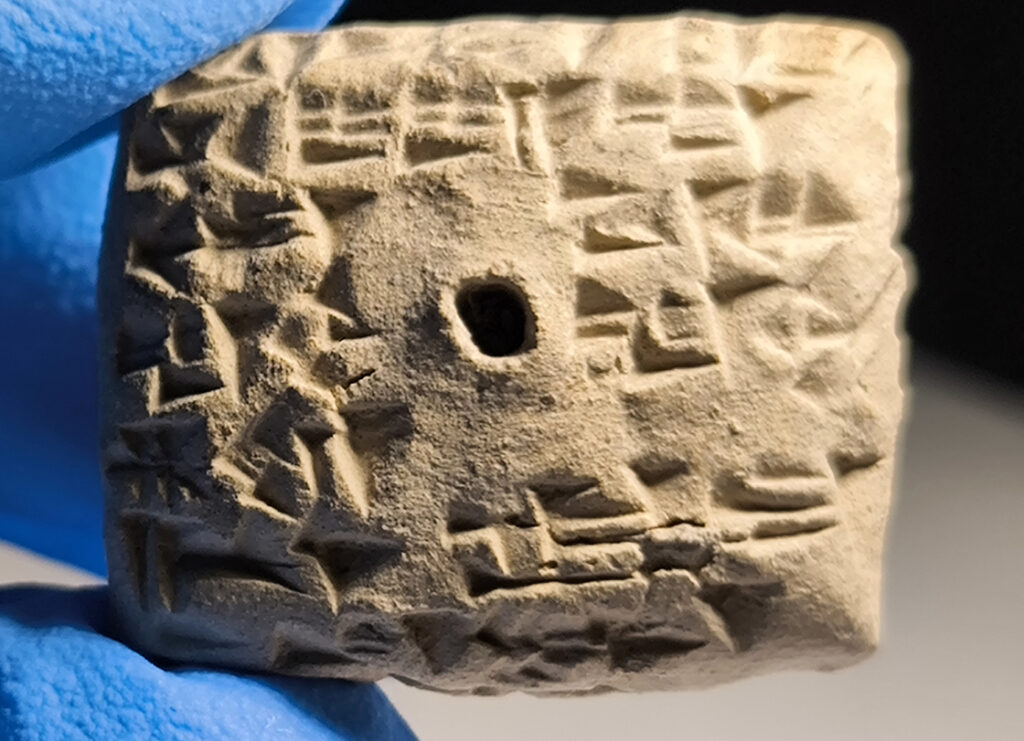
Currently, the team is carefully removing Early Christian-era burial layers above the suspected Hittite building to access deeper, undisturbed levels.
Cultural Heritage and Future Research
The tablet joins a growing corpus of Hittite religious texts, helping scholars better understand how the civilization interpreted signs from nature and integrated them into their belief system. Researchers also plan to compare clay samples from the seals with those from other Hittite sites, in hopes of mapping ancient trade and communication networks.
Excavations are set to continue until mid-September 2024, with ongoing efforts to prepare the site for future public access and heritage tourism.
Cover Image Credit: A rare Hittite bird omen tablet unearthed at Kayalıpınar, inscribed in cuneiform and pierced for ritual use. Excavations led by Assoc. Prof. Dr. Çiğdem Maner. Photo: Serhat Zafer/AA
You may also like
- A 1700-year-old statue of Pan unearthed during the excavations at Polyeuktos in İstanbul
- The granary was found in the ancient city of Sebaste, founded by the first Roman emperor Augustus
- Donalar Kale Kapı Rock Tomb or Donalar Rock Tomb
- Theater emerges as works continue in ancient city of Perinthos
- Urartian King Argishti’s bronze shield revealed the name of an unknown country
- The religious center of Lycia, the ancient city of Letoon
- Who were the Luwians?
- A new study brings a fresh perspective on the Anatolian origin of the Indo-European languages
- Perhaps the oldest thermal treatment center in the world, which has been in continuous use for 2000 years -Basilica Therma Roman Bath or King’s Daughter-
- The largest synagogue of the ancient world, located in the ancient city of Sardis, is being restored

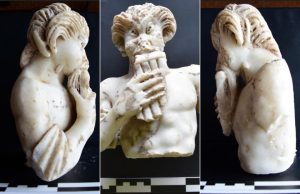
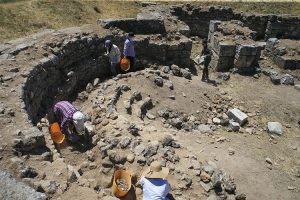
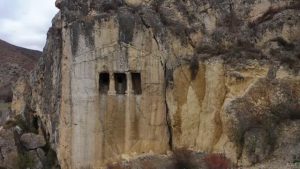
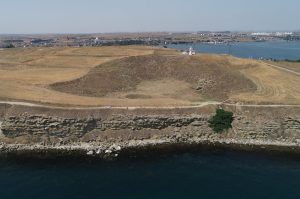

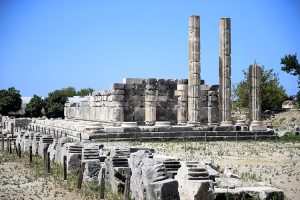


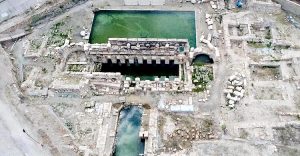
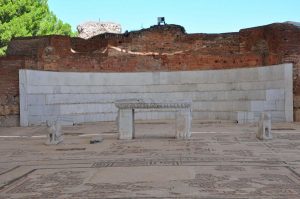
Leave a Reply